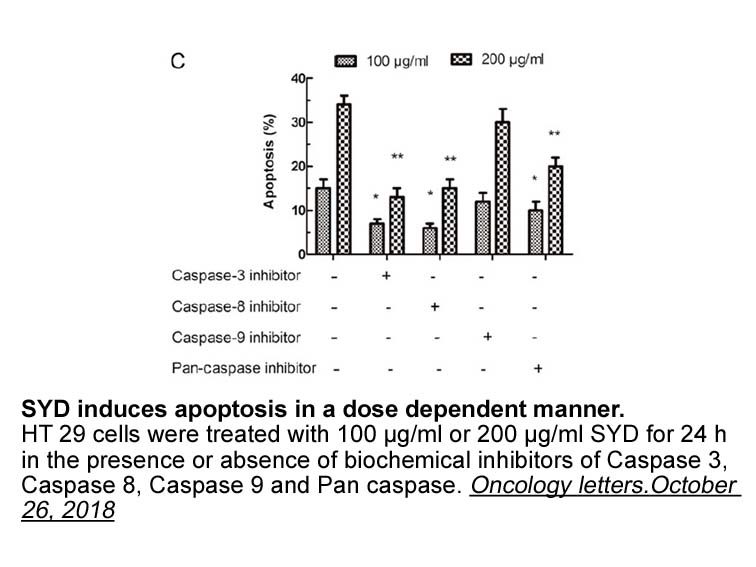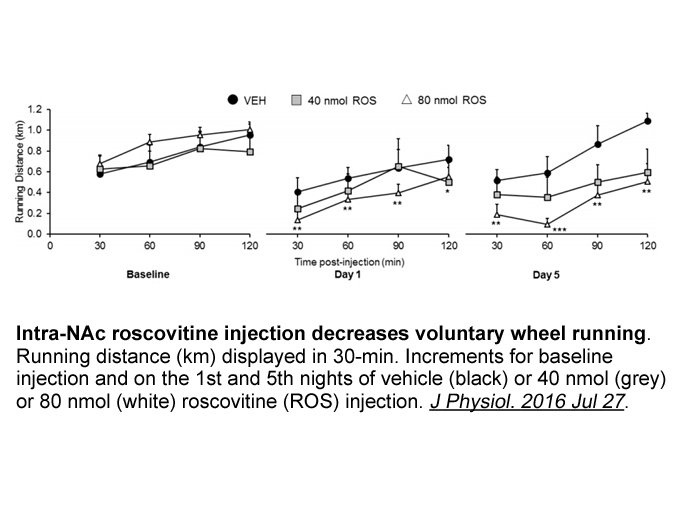Archives
- 2025-11
- 2025-10
- 2023-07
- 2023-06
- 2023-05
- 2023-04
- 2023-03
- 2023-02
- 2023-01
- 2022-12
- 2022-11
- 2022-10
- 2022-09
- 2022-08
- 2022-07
- 2022-06
- 2022-05
- 2022-04
- 2022-03
- 2022-02
- 2022-01
- 2021-12
- 2021-11
- 2021-10
- 2021-09
- 2021-08
- 2021-07
- 2021-06
- 2021-05
- 2021-04
- 2021-03
- 2021-02
- 2021-01
- 2020-12
- 2020-11
- 2020-10
- 2020-09
- 2020-08
- 2020-07
- 2020-06
- 2020-05
- 2020-04
- 2020-03
- 2020-02
- 2020-01
- 2019-12
- 2019-11
- 2019-10
- 2019-09
- 2019-08
- 2019-07
- 2019-06
- 2019-05
- 2019-04
- 2018-11
- 2018-10
- 2018-07
-
Saracatinib (AZD0530): Potent Src/Abl Kinase Inhibitor fo...
2025-10-24
Saracatinib (AZD0530) stands out as a dual Src/Abl kinase inhibitor, enabling precise modulation of cancer cell proliferation, migration, and invasion. Its robust selectivity and translational relevance extend from oncology models to neurobiological signaling, making it indispensable for mechanistic studies that traverse cancer biology and neuropsychiatric pathways.
-
Rewiring Translational Cancer Research: Mechanistic and S...
2025-10-23
This thought-leadership article provides a comprehensive, mechanistically-driven analysis of Saracatinib (AZD0530) as a dual Src/Abl kinase inhibitor, illuminating its transformative role in cancer biology and translational research. Beyond standard product descriptions, we synthesize recent neurobiological and oncogenic signaling findings, including cross-disciplinary relevance with synaptic plasticity and antidepressant response, to guide researchers in designing impactful experiments and strategic translational programs.
-
PCI-32765 (Ibrutinib): Advancing BTK Inhibitor Science in...
2025-10-22
Explore the advanced scientific mechanisms and novel research applications of PCI-32765 (Ibrutinib), a selective BTK inhibitor pivotal in chronic lymphocytic leukemia and autoimmune disease models. This article delivers a deeper analysis of BTK signaling blockade and highlights new perspectives in B-cell pathway research.
-
Oseltamivir Acid: Influenza Neuraminidase Inhibitor Innov...
2025-10-21
Oseltamivir acid is redefining influenza antiviral research with its dual impact on viral replication inhibition and breast cancer metastasis suppression. From enhanced experimental workflows to cutting-edge resistance management, this neuraminidase inhibitor empowers translational virology and oncology labs. Discover advanced protocols, troubleshooting tips, and forward-looking strategies that maximize its scientific utility.
-
Cy3 NHS Ester (Non-Sulfonated): Innovations in Quantitati...
2025-10-20
Explore how Cy3 NHS ester (non-sulfonated) advances quantitative organelle labeling and biomedical imaging. This article provides a unique, in-depth analysis of its mechanistic role in nanoparticle-mediated degradation, setting it apart from existing content.
-
Cy3 NHS Ester (Non-Sulfonated): Enabling Quantitative Org...
2025-10-19
Discover how Cy3 NHS ester (non-sulfonated) empowers advanced quantitative imaging of targeted organelle degradation and metabolic reprogramming. Explore the unique mechanistic properties of this fluorescent dye for amino group labeling and its pivotal role in next-generation biomedical research.
-
Cy3 NHS Ester (Non-Sulfonated): Precision Fluorescent Dye...
2025-10-18
Explore the unique properties and scientific applications of Cy3 NHS ester (non-sulfonated), a leading fluorescent dye for amino group labeling in proteins, peptides, and oligonucleotides. Uncover its role in next-generation biomedical imaging and how it enables breakthroughs in cellular research.
-
GSK343: The Selective EZH2 Inhibitor Empowering Epigeneti...
2025-10-17
GSK343 stands out as a potent, cell-permeable EZH2 inhibitor, enabling targeted dissection of PRC2-mediated gene repression and histone H3K27 trimethylation in cancer and stem cell models. This article delivers actionable protocols, advanced applications, and troubleshooting strategies, equipping researchers to harness GSK343’s full potential in epigenetic and translational studies.
-
NHS-Biotin (A8002): Unraveling the Biochemical Impact of ...
2025-10-16
Explore the multifaceted role of NHS-Biotin as a membrane-permeable, amine-reactive biotinylation reagent in advanced protein engineering. This article offers a distinct scientific analysis of NHS-Biotin’s mechanistic and structural impact on biotinylation strategies, with insights that go beyond current literature.
-
Rotenone and the Microbiota-Gut-Brain Axis: Unveiling New...
2025-10-15
Explore how Rotenone, a mitochondrial Complex I inhibitor, drives cutting-edge research into the microbiota-gut-brain axis and neurodegeneration. Delve into advanced mechanistic insights, unique animal model applications, and emerging therapeutic implications.
-
Recent studies showed that the increased expression of Auror
2023-07-03

Recent studies showed that the increased expression of Aurora B kinase directly proportional to the tumor invasion and metastasis [61]. The Aurora B kinase regulates the PI2K/Akt signaling pathway has a significant role in tumor invasion and metastasis that leads to phosphorylation of GSK3β on ser 9
-
The main function of ATR
2023-07-01

The main function of ATR/CHK1 signaling is activating SU6656 synthesis checkpoint arrest for S and G2 phases in mammalian cells. There are three checkpoints in response to DNA damage: G1/S, G2/M, and S-phase. The G2/M checkpoint can prevent cells that incur DNA damage in G2 phase or progress into G
-
In addition to calpain I activity cathepsin activities have
2023-06-29

In addition to calpain I activity, cathepsin activities have been proven to be linked to apoptotic signaling. Cathepsin B and cathepsin D are two of the most abundant and well-investigated lysosome acid-dependent proteases that are involved in the apoptotic regulation (Ferri & Kroemer, 2001). Cathep
-
Phenolic compounds show reciprocal relationship with colonic
2023-06-28

Phenolic compounds show reciprocal relationship with colonic microflora. Phenolic compounds are able to improve colonic health and modulate microbiota diversity with prebiotic and antimicrobial functions, while colonic bacterial enzymes catalyze deconjugation, dehydroxylation, and convert phenolic c
-
ALDHs also act as opposite roles
2023-06-20

ALDHs also act as opposite roles in the initiation and development of carcinoma. For example, ALDH2, as a key enzyme which oxidises acetaldehyde, participates in alcohol metabolism and is associated with alcohol-mediated carcinogenesis [37]. It has been reported that up to 8% of the world's populati